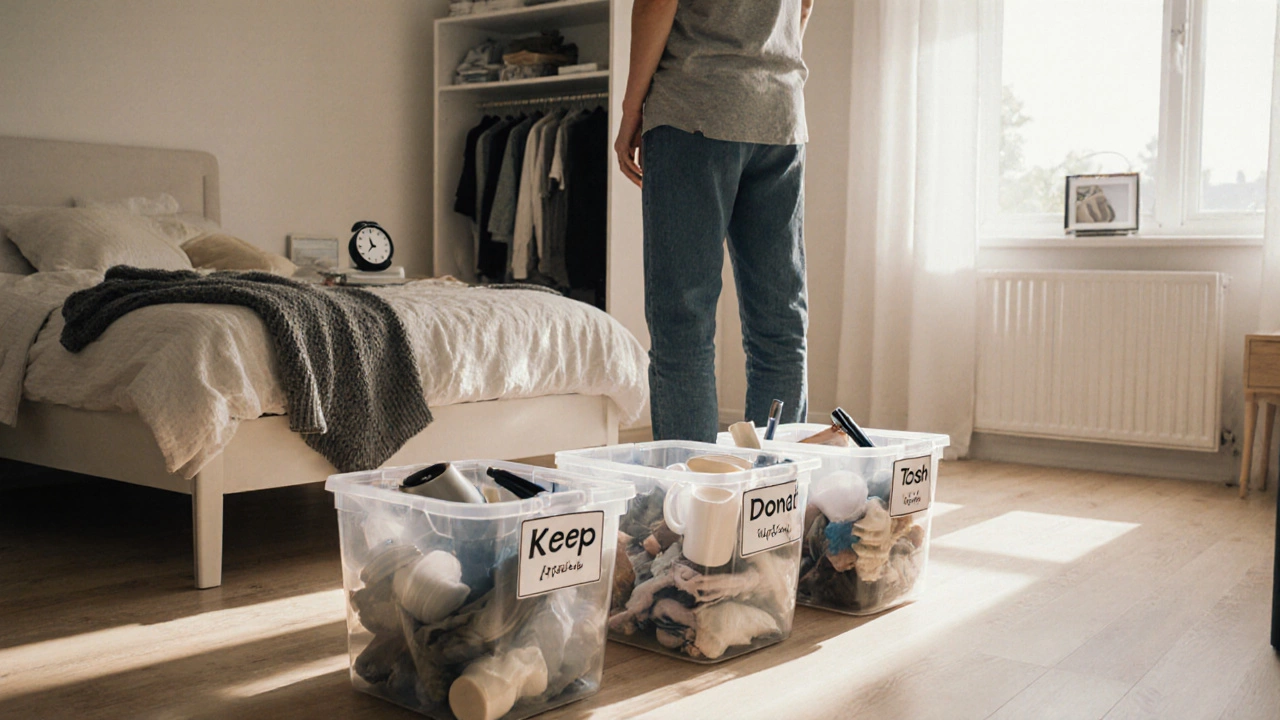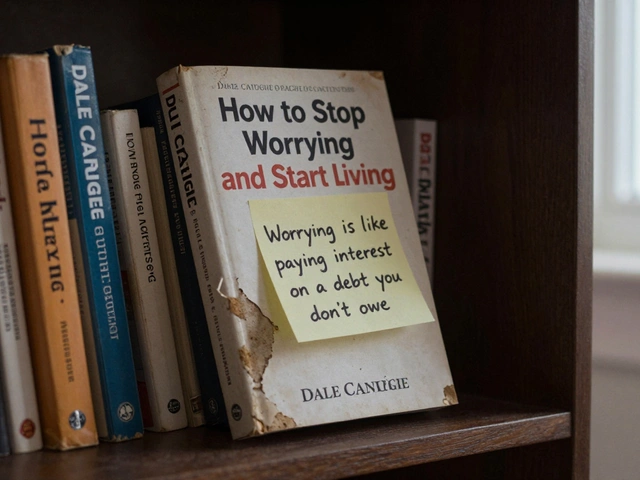Marie Kondo: Your Guide to Decluttering, Minimalism and Joyful Living
When you hear Marie Kondo, the Japanese organizing consultant who created the KonMari method. Also known as the tidying guru, she focuses on keeping only items that spark joy, a principle that reshapes how we think about space and belongings.
That spark‑of‑joy idea sits right inside Minimalism, a lifestyle that trims excess to make room for what truly matters. Minimalism isn’t just an aesthetic – it’s a mindset that says fewer things mean less distraction, lower stress, and more freedom. In practice, the two overlap: the KonMari method gives you a step‑by‑step process, while minimalism provides the broader philosophy.
Why Decluttering Feels Good
At its core, Decluttering, the act of removing items that no longer serve a purpose is a mental reset. When you clear a cluttered shelf, you also clear mental noise. Studies show that a tidy environment can lift mood, improve focus, and even boost sleep quality. The Marie Kondo approach turns decluttering into a ritual: you touch each object, ask if it sparks joy, and thank it before letting it go.
Those who adopt this ritual notice three big changes: they spend less time searching for things, they buy fewer replacements, and they develop a clearer sense of values. This is why many minimalists point to the KonMari method as a practical gateway into a simpler life.
The KonMari method itself breaks down into six clear steps: (1) commit to tidying, (2) imagine your ideal lifestyle, (3) sort by category rather than room, (4) touch each item and gauge joy, (5) thank the items you release, and (6) store the remaining things so they’re visible and easy to access. Each step builds on the previous one, turning a chaotic space into an organized sanctuary. The method also encourages a specific order – clothes first, then books, papers, miscellaneous items, and finally sentimental pieces – because you develop a stronger sense of what truly matters as you progress.
Applying these steps isn’t limited to your bedroom. You can use the same principles for digital decluttering, office drawers, or even your schedule. When you treat your email inbox like a closet, you sort by type, keep only messages that add value, and archive the rest. The result is a smoother workflow and more mental bandwidth for creative projects. In short, the KonMari method, minimalism, and decluttering form a feedback loop: each reinforces the other, leading to lasting habit change.
Below you’ll find a curated collection of articles that dive deeper into these ideas – from quick home‑organization hacks to the psychology behind why tidying makes us happier. Whether you’re just starting or looking for advanced tricks, the posts ahead give you practical tools to put the KonMari philosophy into action today.
Learn the 12-12-12 rule for decluttering, a timed three‑pile method that helps you keep, donate, and toss items in 12‑minute bursts. Get step‑by‑step guidance, comparisons, and a handy checklist.






